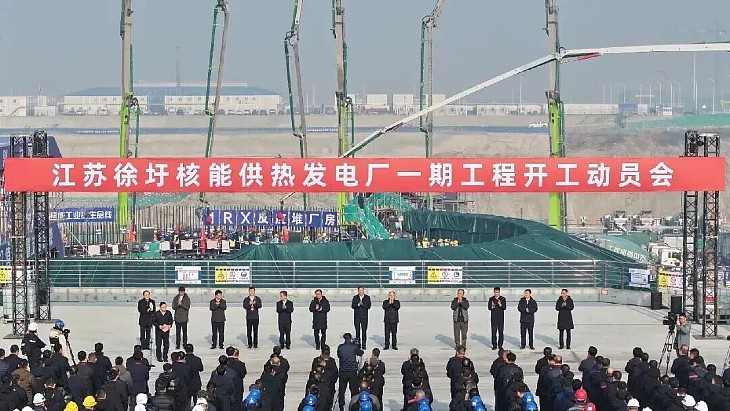The US Nuclear Regulatory Commission (NRC) has released separate draft documents detailing the safety and environmental implications of methods for storing used fuel from nuclear reactors. Both will be open for public comment.
When finalised, the two reports, Waste Confidence Generic Environmental Impact Statement and the Consequence Study of a Beyond-Design-Basis Earthquake Affecting the Spent Fuel Pool for a US Mark I Boiling Water Reactor, should help bring to an end a licensing hiatus for the US regulator.
The Waste Confidence Generic Environmental Impact Statement (GEIS) covers the environmental impact of the storage of used nuclear fuel at power plant sites for extended periods, and will form part of a new 'waste confidence rule' fundamental to power plant licensing. The existing waste confidence rule was updated in 2010 and doubled the period allowed for onsite storage of used fuel to 60 years. However, following challenges by various groups, it was declared invalid by the US Court of Appeal in 2012 in a ruling which said that the NRC had not performed a sufficiently detailed analysis of the related issues.
The NRC is effectively unable to issue final licences for new power plants or licence extensions for existing reactors until the new waste confidence rule is in place.
The draft GEIS weighs in at over 580 pages in length and examines in depth the potential environmental impacts that could occur as a result of the continued storage of used nuclear fuel at both on-site and away-from-reactor facilities until such time as a repository is available. It attempts to establish generic impact determinations that would be applicable to a wide range of existing and potential future used fuel storage sites.
US nuclear waste policy centres on the establishment of a final geological repository for used fuel, but with the 2009 decision to effectively abandon plans for a repository at Yucca Mountain, storage of used fuel is an increasingly significant consideration. In the draft GEIS, the NRC says it "believes it is likely that a repository will be available by 60 years after the end of a reactor's licensed life for operation." However, it also recognises that the availability of a repository is a "controversial" issue and has also included an analysis of indefinite storage in the draft GEIS.
Fuel pools are cool
Meanwhile, the draft used fuel pool study has concluded that there is approximately a one-in-10-million-years chance of a severe earthquake causing a radioactive release from a used fuel pool at a US boiling water reactor (BWR).
The draft study of the impacts of beyond-design-basis earthquakes at US BWRs was begun following the Fukushima accident of March 2011. It considers the effects of an earthquake several times stronger than allowed for in a pool's design, for a fuel pool similar to those at Fukushima and at 23 US reactors. As well as considering the impacts of earthquakes on pools that are both full or partially full of used fuel, the study also looks at emergency procedures for adding water to the pool in the event of water loss.
NRC Office of Nuclear Regulatory Research director Brian Shearon said the final study will be used to inform further analysis of US used fuel pools. "Our detailed analysis showed that even a very strong earthquake has a low probability of damaging the pool studied to the point of losing water," he said, adding that the study showed that even if the pool under consideration was damaged, the fuel could be kept safely cool "in all but a few exceptional circumstances."
The study also examined the potential benefits of the accelerated removal of all used fuel over five years old into dry cask storage, but concluded that to do so would not provide significant safety benefits.
Researched and written
by World Nuclear News





_45278.jpg)
_28178.jpg)
_66891.jpg)





